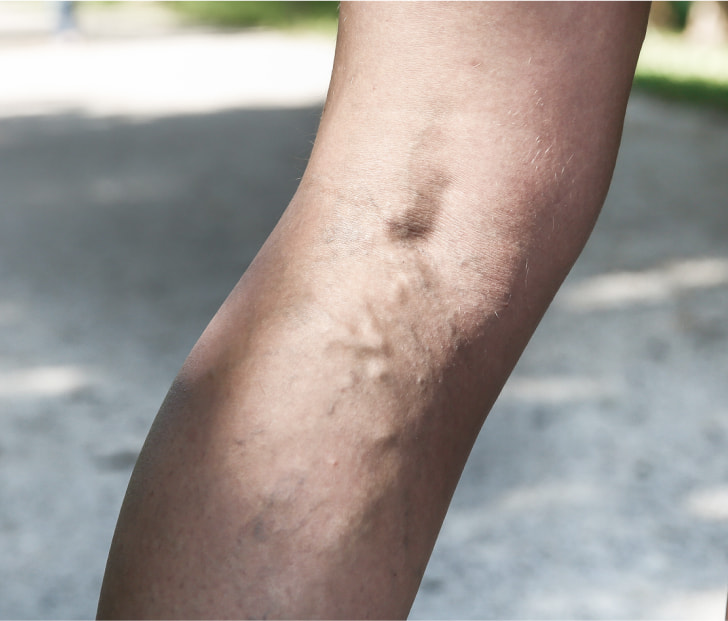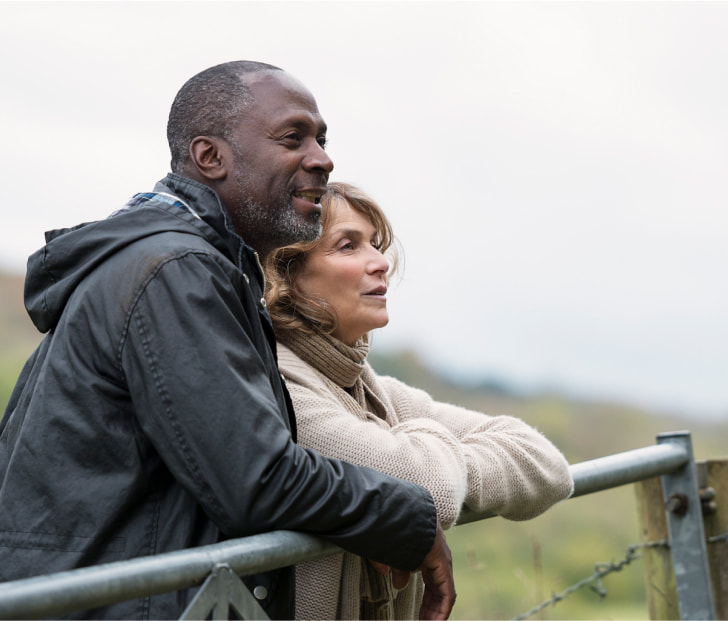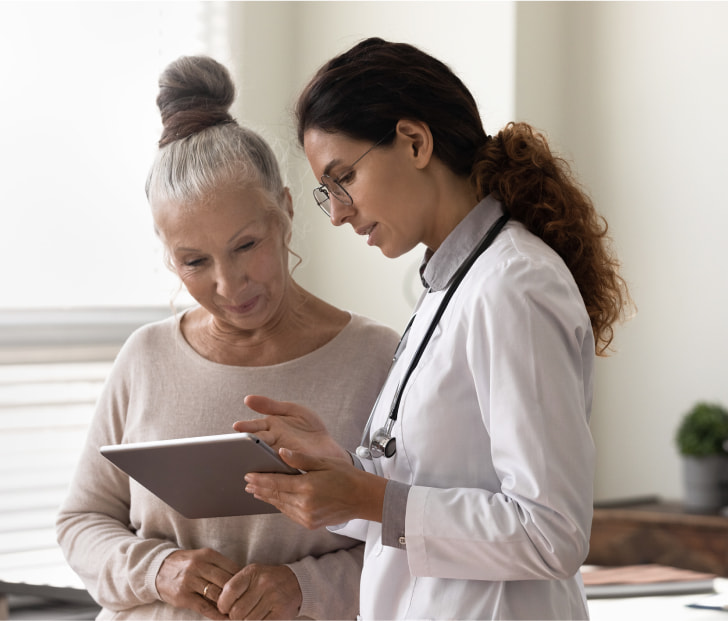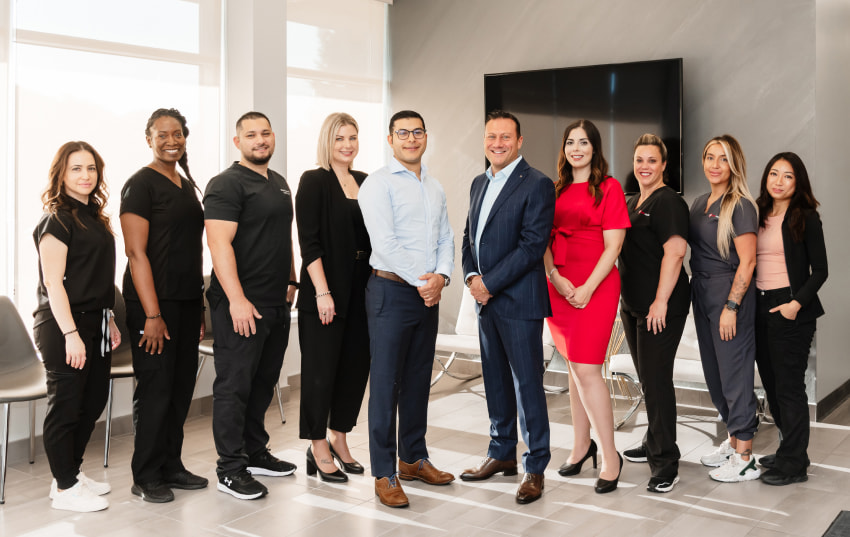Varicose Veins 101
What are Varicose Veins or Spider Veins?
Varicose veins, or milder spider veins, are enlarged veins in the legs that reside close to the skin’s surface. These veins are present as purple or blue and appear almost as twisted cords on the legs. They can be a source of persistent aching, discomfort, and leg swelling. Approximately 1 out of 3 people suffer from varicose veins. For many people, they are a cosmetic concern and can often be a cause for diminished self-esteem. The goals of treatment are improvement of symptoms and quality of life, prevention of complications, and to improve cosmetics.
Symptoms of Varicose Veins?
For those who experience discomfort from varicose veins, some commonly reported symptoms can be:
- An achy or heavy feeling in the legs
- Burning, throbbing, muscle cramping and swelling in the lower legs
- Swollen legs, particularly after prolonged standing or sitting
- Large, bulging, and twisted veins
- Brown or blue skin discolouration near the ankles or shins
- Itching around one or more of the veins
- Worsened pain after sitting or standing for a long time

Causes and Complications of Varicose Veins
Causes
The bulging superficial veins in the legs are caused by chronic venous insufficiency. One-way valves in the veins which normally ensure oxygen-depleted blood returns to the heart fail to work correctly and allow blood to pool in the legs creating pressure. Increased pressure in the legs causes the superficial veins to bulge and twist. In addition, weaknesses in the vein walls secondary to trauma or a history of blood clots can result in broken valves and varicose vein formation.
Associated complications
- Bleeding — On occasion, veins close to the skin burst. Although this usually causes only minor bleeding, it requires medical attention.
- Ulcers — Painful ulcers can form on the skin near varicose veins, particularly near the ankles. However, a discoloured an area on the skin usually begins before ulcer forms.
- Blood Clots — With the valves in the veins failing to work, blood pools in the veins and is at risk of forming a blood clot in the superficial vein, known as Superficial Venous Thrombosis (SVT).
Who is Affected by Varicose Veins?
Varicose veins can occur at any age in both men and women. It is most common in people with jobs that involve standing or sitting for extended periods of time. Jobs like nursing, teaching, transportation, or sedentary desk work all increase the risk of developing varicose veins. It is also very common in women who have had multiple pregnancies or are postmenopausal. Family history of varicose veins is also a strong risk factor for developing them.

Ways to Treat Varicose Veins
It’s common when treating varicose veins to use a combination of procedures ranging from conservative lifestyle management techniques to minimally invasive surgical procedures.
At One Vascular, we assess your veins with detailed vascular ultrasound and create a custom treatment plan that is unique to your vein anatomy. We take into account the size and location of the veins, your symptoms, and the severity of the veins to provide complete care for your legs. We use a combination of the following treatments:
- Laser Ablation — a minimally invasive method of destruction of abnormal veins with a laser fibre performed in the office setting
- Compression Stockings — apply pressure to the lower legs to prevent blood from pooling
- Sclerotherapy — an injection of a solution into the vein to destroy the vein
- Surgery — surgical procedure performed in the hospital to remove the varicose veins by vein stripping
Note: Generally, sclerotherapy and laser ablation are the best options for treating varicose veins.

Book an Appointment With an Expert Today
If you have varicose veins and would like to explore treatment options together, get in touch with one of our experts for a consultation.
Contact Us